Suwonhyanggyo Confucian School (수원향교)
0m 17521 2022-12-29
107-9, Hyanggyo-ro, Paldal-gu, Suwon-si, Gyeonggi-do
+82-31-245-7639
Suwonhyanggyo Confucian School was built in 1291 in front of Hwasan Mountain in Hwaseong where it stayed for nearly 500 years. It was moved to its current location in 1789 with the construction of Hwaseong Fortress. During the move, some of the original wood was exposed to water and began to rot. These parts were repaired in 1795 and efforts were made to prevent the wooden structure from futher damage. The current school is comprised of various halls, gates, and pavilions. It is registered as Gyeonggi-do Cultural Property and operates programs every summer for regional students.
Hyowon’s Bell (효원의 종·서장대)
554.161909539102m 13923 2021-06-11
825, Jeongjo-ro, Paldal-gu, Suwon-si, Gyeonggi-do
+82-31-228-2765
Hyowon’s Bell is located at the summit of Paldalsan Mountain. The bell was created to honor the filial devotion of King Jeongjo towards his father, Crown Prince Sado. The bell has various symbols representing the city of Suwon and its cultural assets. The bell is always rung three times- the first ring is in gratitude for the love of one’s parents, the second to hope for happiness in one’s family, and the third as a prayer for self-improvement.
Paldalmun Gate (팔달문)
662.3190146541426m 32375 2021-01-29
780, Jeongjo-ro, Paldal-gu, Suwon-si, Gyeonggi-do
+82-31-228-2765
Paldalmun Gate is the southern gate of Hwaseong Fortress, and its name means "a gate opening to a road that leads to all directions." Among the four gates of Hwaseong Fortress, the northern and southern gates are bigger and more grandiose. The gate has an entrance wide enough to let the king's palanquin pass through and a watchtower over the entrance. Outside of the gate is a crescent-shaped protection wall called ongseong.
Among the ongseong walls found across the country, Paldalmun Gate's ongseong wall stands out in terms of size and form. The hip roof and decorations seen on Paldalmun Gate's watchtower resemble that of fortress watchtowers, and are recognized as representation of late Joseon dynasty's watchtower architecture.
Suwon Hwaseong Special Tourist Zone (수원화성 관광특구)
673.1324280916401m 4178 2024-02-28
780 Jeongjo-ro, Paldal-gu, Suwon-si, Gyeonggi-do
Hwaseong Fortress, Suwon, was built by King Jeongjo, the 22nd ruler of the Joseon dynasty, when he moved the tomb of his father, Crown Prince Sado, to Hwasan Mountain in Suwon. Because of its high historical and cultural value, it was designated as a UNESCO World Heritage Site in 1997. In 2016, the Hwaseong Fortress area, ranging from Paldalsan Mountain to Jangan Park, Yeonmudae Command Post, and Paldalmun Market, was designated as a special tourist zone, establishing itself as a representative tourist destination in Suwon visited by many tourists.
Nature Republic - Suwon Nammun Branch [Tax Refund Shop] (네이처리퍼블릭 수원남문점)
699.5987291634431m 0 2024-04-19
2, Paldalmun-ro, Paldal-gu, Suwon-si, Gyeonggi-do
-
Nostalgic Dalgona (추억의달고나)
705.6112467975241m 0 2024-02-01
44 Haenggung-ro, Paldal-gu, Suwon-si, Gyeonggi-do
At Nostalgic Dalgona, visitors can make and eat dalgona, a snack that has become world-famous as it frequently appears in Korean content such as drama series like Netflix's Squid Game and entertainment shows. The recipe requires using a ladle and heat to dissolve sugar mixed with a small amount of baking soda. Once dissolved, pour out the caramel-like mix onto a tray, then stamp the surface with a cookie cutter of a preferred shape, such as heart, animal figure, or umbrella. The process of tearing off the edges along the pattern like from the scene in Squid Game can be quite a challenge and fun at the same time.
Suwon Yeongdong Market (수원 영동시장)
735.8413463052799m 32353 2022-07-27
6, Suwoncheon-ro 255beon-gil, Paldal-gu, Suwon-si, Gyeonggi-do
+82-31-251-0171
The neighborhood around Paldalmun Gate serves as the main business district of Suwon, where more than 300 stores and stalls are joined to make a large market. The atmosphere and the physical surroundings help to both keep traditions alive and move into the modern age, which is one of the main aspects of this market that draws in more visitors each year. Since 1917 when the market first opened to the public, the vendors here have specialized in traditional garments, including hanbok (traditional Korean clothes) and accessories. Among 300 stores, 40 stores feature finished hanbok, another 40 stores sell fabric, 70 stores are general clothing store, and the remaining stores sell daily goods, accessories, agricultural and stockbreeding products. In the past, the market was the largest market south of the metropolitan area so people from Suwon, Pyeongtaek, Hwaseong, and Osan frequently visited. An on-going maintenance project to keep the originality of the market began in 2002 and the market now features modernized facilities.
Motgol Market (못골종합시장)
843.5392407703821m 19504 2021-03-12
10-12, Suwoncheon-ro 258beon-gil, Paldal-gu, Suwon-si, Gyeonggi-do
+82-31-246-5638
Motgol Market features a variety of shops selling side dishes and ingredients ranging from fresh and dried fish to meat, vegetables, rice cake, and more. The sells make great efforts in promoting trust between merchant and customer, providing their products at the lowest prices with a friendly smile. The market stands as a representative culture market of Korea, thanks to the convinence in shopping and the affordable products.
Suwon Chicken Street (수원통닭거리)
886.8269155875627m 0 2023-12-18
16, Jeongjo-ro 800beon-gil, Paldal-gu, Suwon-si, Gyeonggi-do
Suwon Chicken Street, located in a small 100 m-long alley on Paldal-ro, Paldal-gu, Suwon, is where about 11 stores, ranging from the original store that opened in 1970 to new ones, serve fried whole chicken. It is the tradition of Suwon Chicken Street to pour oil into a large cauldron and fry chicken. The menu only consists of fried chicken and seasoned fried chicken, but they are gaining popularity for their savory taste, different from those of famous chicken brands. In Suwon Chicken Street, you can meet the granny of “Maehyang Tongdak,” who has been selling fried chicken in Suwon Chicken Street since the 1970s using the chicken she raised in a chicken coop on a stall, as well as the famous “Yongseong Tongdak" and “Jinmi Tongdak" in this alley. The chicken price is low, so you don't have to worry about it. Thanks to plentiful servings and unique taste, the shops on this street are crowded with customers from all over the country, including students, who come having heard of the place by word of mouth.
24 Martial Arts Trial Performance (무예24기 시범공연)
986.91259347636m 11803 2021-06-07
825, Jeongjo-ro, Paldal-gu, Suwon-si, Gyeonggi-do
• 1330 Travel Hotline: +82-2-1330 (Korean, English, Japanese, Chinese) • For more info: +82-31-267-1644
24 Martials Arts (Muye 24-gi in Korean) refers to the 24 martial art techniques in the Muyedobotongji (Comprehensive Illustrated Manual of Martial Arts). The manual was compiled in 1790 by Confucian scholars Lee Deok-mu and Park Jae-ga, along with the martial arts expert Baek Dong-su, under the orders of King Jeongjo (22nd ruler of the Joseon dynasty). Regarded as a resource for understanding the nature of Korean military science, the manual is an exemplary martial arts compilation that was organized into 24 techniques by adopting the traditional martial arts of Joseon, as well as China and Japan.
The 24 Martial Arts were practiced by the soldiers of the outer military unit of Jangyongyeong, the most elite military troop during the Joseon dynasty. Soldiers stationed at the northern and southern military camps of the Hwaseong Temporary Palace practiced these techniques to effectively guard the palace. It is considered as a significant intangible heritage because of its great historical, artistic, and athletic values. With the restoration of the temporary palace, a regular event is being held to demonstrate the 24 Martial Arts.
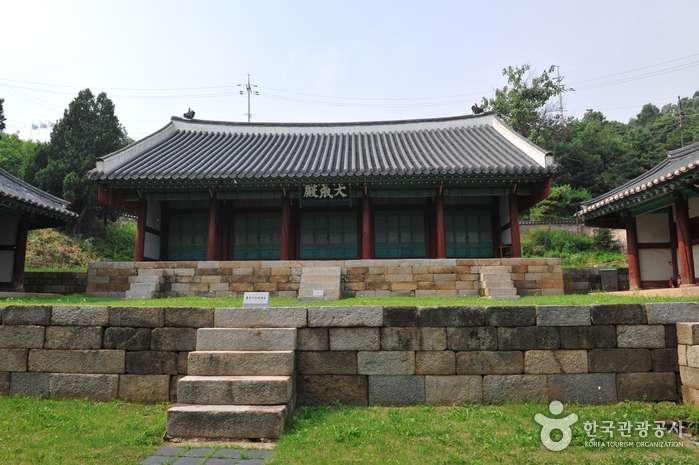
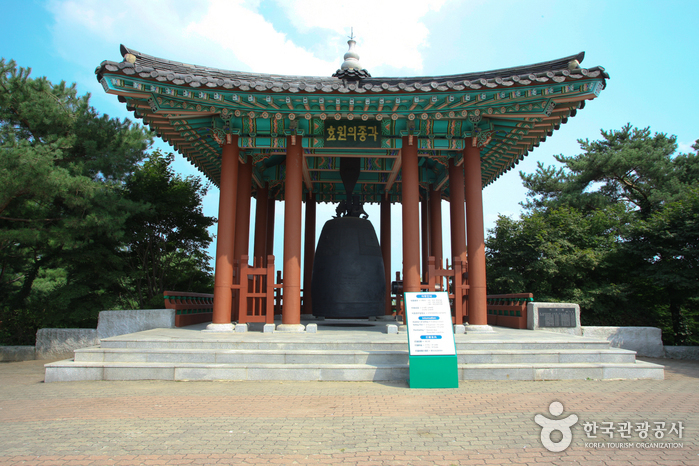
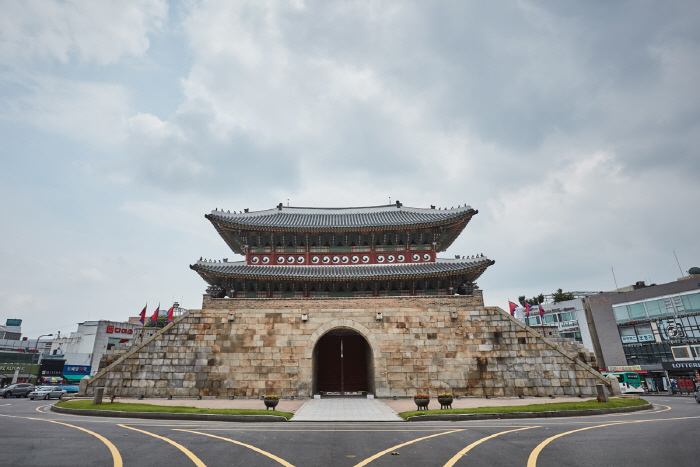
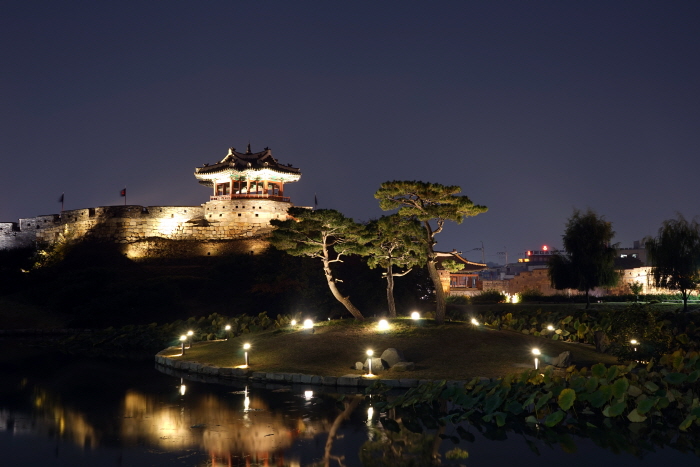
![Nature Republic - Suwon Nammun Branch [Tax Refund Shop] (네이처리퍼블릭 수원남문점)](http://tong.visitkorea.or.kr/cms/resource/57/2887757_image2_1.jpg)
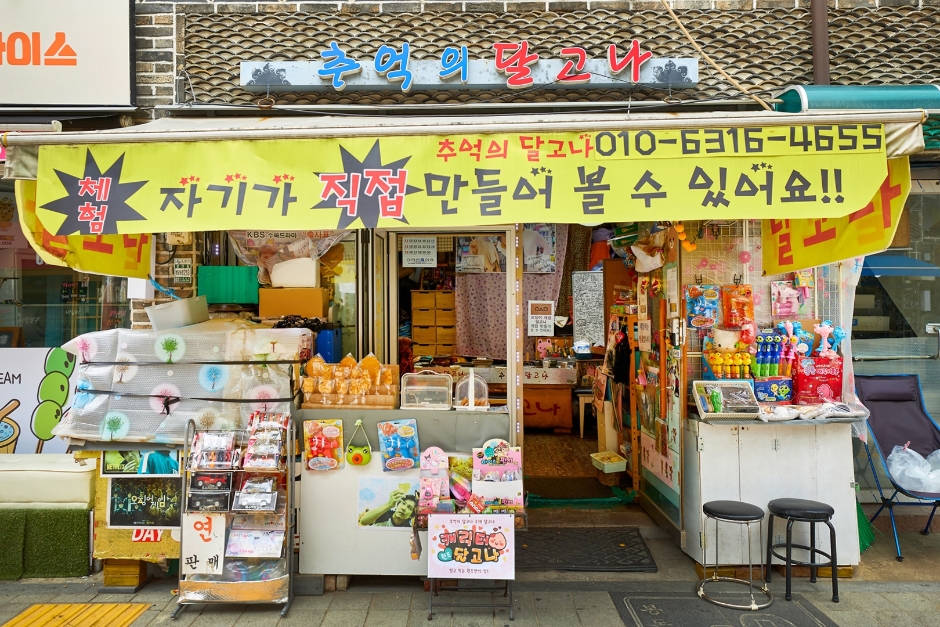
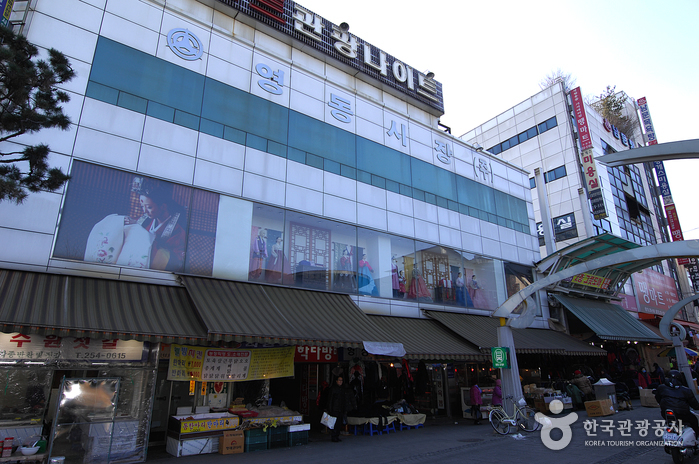
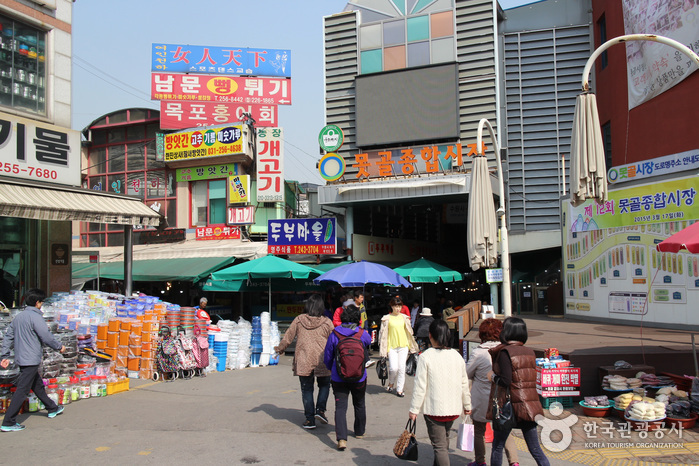
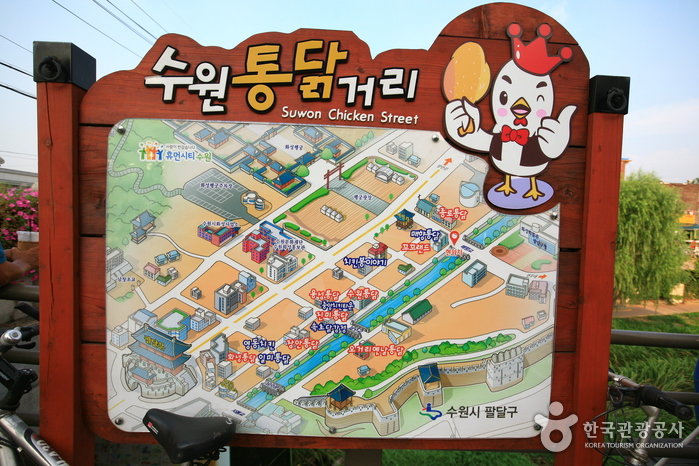
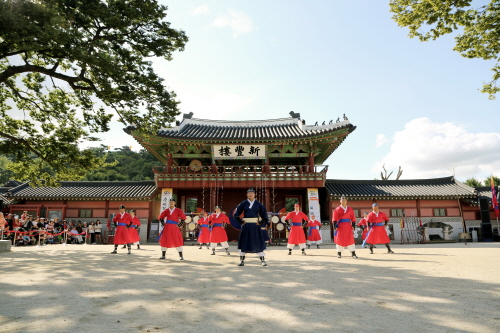
 English
English
 한국어
한국어 日本語
日本語 中文(简体)
中文(简体) Deutsch
Deutsch Français
Français Español
Español Русский
Русский